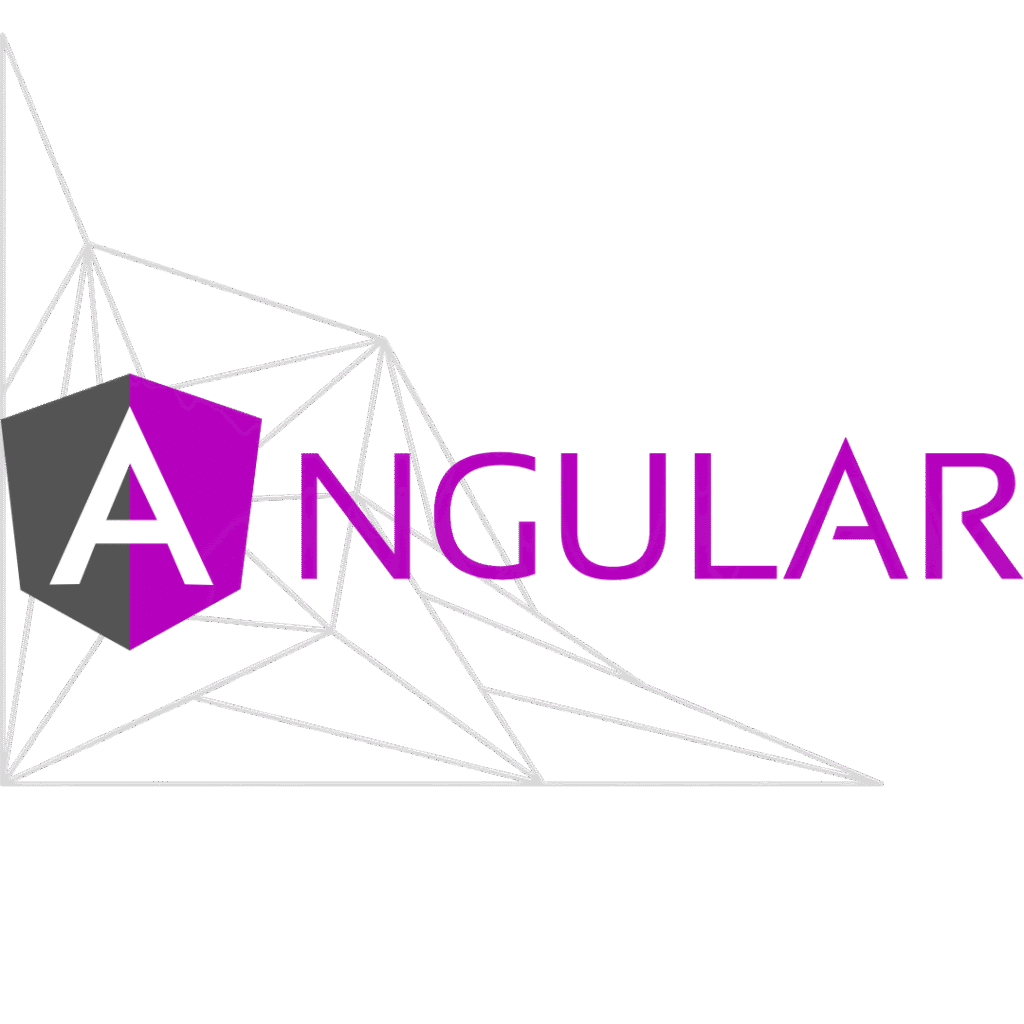Angular Crash Course
Master AI from basics to breakthroughs—no experience needed.
Fast-Track Your Angular Skills – Build Real-World Apps with Confidence!

Duration
1 1/2 months
Method of Teaching
Online with materials provided
Earn your credentials
Receive a certificate or badge
Beginner Friendly
Start learning now with east steps for quick success
What you'll be learning
With the increasing demand for Angular developers, you may be looking for a way to learn Angular quickly and efficiently. While there are numerous comprehensive courses available, many of them exceed 40 hours in length, which may not be suitable for busy professionals. This course is designed specifically for developers who need a fast yet thorough introduction to Angular.
With just 20 hours of content, you can master the essential Angular concepts. By dedicating 4 hours per week, you can complete the course in one month. By the end of the program, you will have a solid understanding of Angular and the ability to build real-world client applications with confidence. Start your Angular learning journey today!
Who Should Take This Course?
- Web developers looking to build modern, dynamic, and scalable applications using Angular 2+.
- Frontend developers who want to enhance their skills with one of the most powerful and in-
demand frameworks. - Developers transitioning from other frameworks (React, Vue, etc.) and seeking to master
Angular’s architecture and best practices. - Backend developers looking to expand their expertise into frontend development using Angular.
- Software engineers and programmers who need a fast and structured approach to learning
Angular for professional projects. - Students and aspiring developers eager to gain practical experience and build real-world client
applications with Angular. - This course is designed for both beginners and experienced developers who want to quickly
grasp Angular’s core concepts and apply them effectively.
Topics Covered
- Fundamentals of TypeScript and object-oriented programming
- Displaying data and handling events
- Building re-usable components
- Manipulating the DOM using directives
- Formatting data using pipes
- Building template-driven and reactive forms
- Consuming HTTP services
- Handling HTTP errors properly
- Using Reactive Extensions and observables
- Adding routing and navigation
You don’t need any prior knowledge of earlier versions of Angular. As long as you have some basic familiarity with HTML, CSS and JavaScript you can take this course and start learning Angular right now!
Modules
Module 1: Getting Started - (1 hr)
In this module, you’ll learn what Angular is, why it’s a popular choice for web development, and explore its app architecture. You’ll set up your environment, build your first Angular app, and get familiar with Webpack and Angular’s version history. This will lay the foundation for your Angular journey!
Module 2: Fundamentals of TypeScript - (1hr 30mins)
In this module, you’ll dive into TypeScript, starting with what it is and how to write your first TypeScript program. You’ll learn about declaring variables, working with types, and understanding type assertions. You’ll also explore arrow functions, interfaces, classes, objects, and constructors. Additionally, you’ll get a grasp on access modifiers, constructor parameter modifiers, properties, and modules to build solid TypeScript foundations for your Angular applications.
Module 3: Fundamentals of Angular – (45 mins)
In this module, you’ll explore the essential building blocks of an Angular application. You’ll learn about components, how to generate them using Angular CLI, and work with templates and directives. You’ll also dive into services and dependency injection, along with generating services using Angular CLI, giving you the core tools to start building dynamic Angular applications.
Module 4: Data Displaying and Event Handling – (45 mins)
In this module, you’ll explore various data binding techniques in Angular, including property, attribute, class, style, and event binding. You’ll learn how to use template variables and implement two-way binding. Additionally, you’ll get hands-on experience with pipes and how to create custom pipes to format and transform data effectively. You’ll also integrate Bootstrap for styling your Angular applications.
Module 5: Building Reusable Components – (1 hr)
In this module, you’ll learn about the Angular Component API, including input and output properties, and how to alias them for more flexibility. You’ll explore passing event data between components and how to alias output properties. Additionally, you’ll dive into templates, styles, and view encapsulation, understanding how Angular manages component styles. You’ll also get hands-on experience with ngContent for content projection and ngContainer for efficient DOM manipulation.
Module 6: Directives – (1 hr 30 mins)
In this module, you’ll explore essential Angular directives like ngIf, ngSwitchCase, and ngFor to control the display and behavior of elements dynamically. You’ll also learn about change detection and how to optimize ngFor using trackBy. The leading asterisk in structural directives will be covered, along with dynamic styling using ngClass and ngStyle. Additionally, you’ll get hands-on experience creating custom directives to extend Angular’s functionality.This module covers bookmarks in Power BI for page navigation and visual filtering. You will also learn about integrating Power BI with Azure databases and working with dynamic data models, including handling complex data sets and using parameters for more flexibility.
Module 7: Template Driven Forms – (1 hr 30 mins)
In this module, you’ll learn how to build a form using Bootstrap and explore different types of forms in Angular. You’ll work with ngModel for two-way data binding and learn how to add validation to form fields. You’ll also handle specific validation errors and style invalid input fields for a better user experience. The module covers working with ngForm, ngModelGroup, control classes, and directives. You’ll learn how to disable the submit button, and handle checkboxes, dropdown lists, and radio buttons within forms for a comprehensive understanding of Angular forms.
Module 8: Reactive Forms – (1 hr 30 mins)
In this module, you’ll dive into building reactive forms with Bootstrap and create form controls programmatically. You’ll learn how to add and implement both synchronous and custom validation, handle specific validation errors, and work with asynchronous validation. The module also covers displaying loader images during async operations, validating the form upon submission, and organizing forms with nested FormGroups and FormArrays. Additionally, you’ll work with FormBuilder for cleaner code and finish with a quick recap to consolidate your learning.
Module 9: Consuming HTTP Services – (2 hr 30 mins)
In this module, you’ll learn to interact with JSONPlaceholder for data operations like fetching, creating, updating, and deleting. You’ll explore OnInit, Separation of Concern, and error handling techniques for expected and unexpected errors. The module also covers global error handling, reusable services, the Map operator, and the differences between Observable and Promise.
Module 10: Routing and Navigation – (1 hr 30 mins)
In this module, you’ll learn the fundamentals of routing, including how to configure routes, use RouterOutlet, and navigate with RouterLink. You’ll explore RouterLinkActive for active link styling and understand how to get route parameters and why they are observable. You’ll also work with routes containing multiple parameters, the SwitchMapoperator, and programmatic navigation to manage routes efficiently in your Angular app.
Course Highlights
Certificate of Completion & Frontend Portfolio Projects
Designed for developers with HTML/CSS/JS fundamentals to build scalable Angular apps
Real-world project work with APIs, Angular CLI, and component architecture
Hands-on coding, UI building, and deployment with Angular best practices
